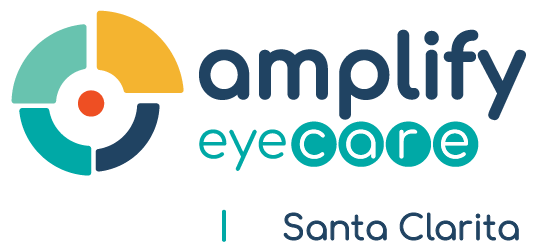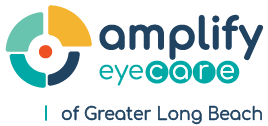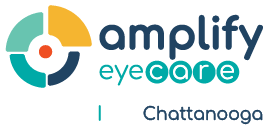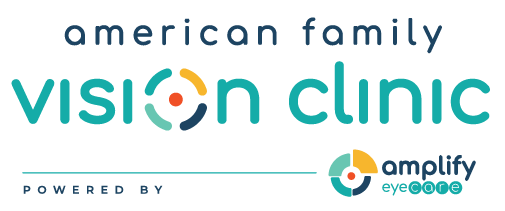Purpose: The aim of this study was to identify risk factors for the development of cataract in young patients.
Settings: The study was undertaken at Iladevi Cataract and IOL Research Centre, Ahmedabad, Gujarat, India.
Methods: In a clinic-based observational study, 340 consecutive patients in the age group of 30-45 years presenting with nuclear, cortical, posterior subcapsular (PSC), mixed, and posterior polar cataract were prospectively studied. A detailed history regarding sunlight exposure, atopy, diabetes, steroid intake, myopia, glaucoma, and uveitis was elicited.










